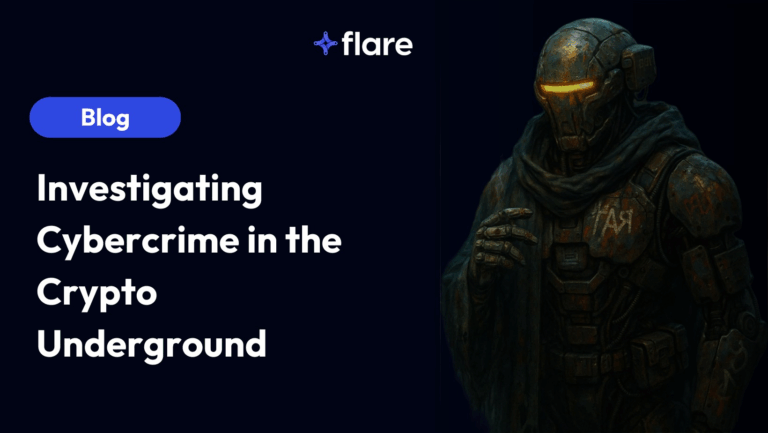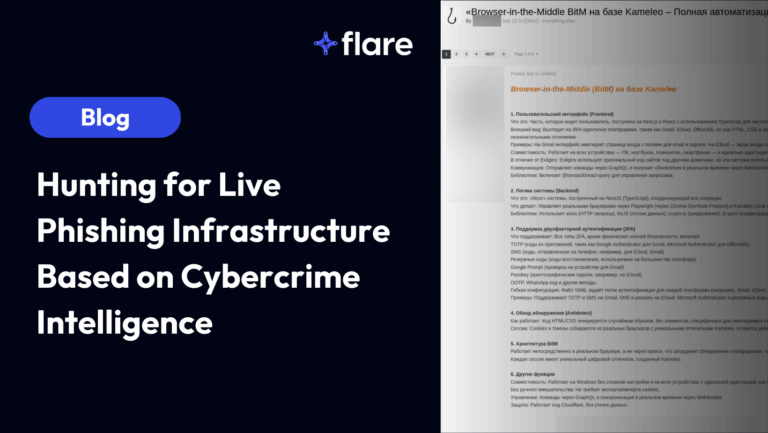
Modern technology has created a world where threat actors are continuously adapting new tools and techniques with the main goal of stealing data from companies. In today’s digital age, traditional defensive security measures are no longer effective at protecting business assets appropriately. Therefore, businesses must be willing to evolve and adapt their cyber strategies to work more effectively.
One of the most effective ways to curate a solid security approach is by implementing strategic threat intelligence initiatives to fortify your cyber defense strategies. Strategic threat intelligence can be critical for better cybersecurity in today’s rapidly evolving threat landscape. This approach not only protects your organization from cybercriminals but also makes it easier to comply with data privacy and security laws.
This article will provide you with more insight into strategic intelligence, the best use cases for it, challenges to this approach, and how to overcome these barriers to it.
What is Strategic Threat Intelligence?
Strategic threat intelligence is the process of collecting, analyzing, and acting on data to predict future threats. Strategic threat intelligence is most often focused on sharing relevant information that can be used to inform decision-making initiatives against cyber threats. This variety of threat intelligence uses a variety of sources to gather data which can include geospatial intelligence (GEOINT), human intelligence (HUMINT), open-source intelligence (OSINT), and signals intelligence (SIGINT).
Compared to other forms of threat intelligence, strategic threat intelligence focuses on the long-term threat and vulnerability trends that may indicate a significant risk of attack against your organization. You would want your security and IT teams to remain knowledgeable of the current and exploit trends that your industry faces. This can often involve using multiple forms of intelligence-gathering measures within your industry and company to mitigate risk.
Strategic threat intelligence aims to provide companies with a proactive and holistic view of the threat landscape that their company and industry could encounter. This security strategy can help your team stay ahead of any security threats that can cause damage to your data and business assets. It will also enable your team to develop effective strategies to mitigate risks and successfully protect your assets.
Use Cases for Strategic Threat Intelligence
Strategic threat intelligence can be a powerful tool for any organization to increase its security posture. Nonetheless, it can be challenging to determine how you should use this information and what kind of benefits you stand to gain from it. This data also raises several questions about what zero-day exploits your organization faces or the trending attacks within your industry. There are several use cases you can explore to aid with understanding your risks in order to aid your strategic threat intelligence more effectively.
1. Dark Web Monitoring
There are countless dark web forums and marketplaces for cybercriminals to collaborate, share exploits, and strategize their next exploits or attacks.
Therefore, strategic threat intelligence measures can be used to monitor the dark web in order to spot potential threats against your organization before they have time to materialize into something more severe. When used effectively, dark web monitoring as part of your threat intelligence initiative can efficiently ensure your digital footprint is safe and secure.
2. Fraud Monitoring
Threat actors frequently conduct phishing campaigns and OTP bot attacks that target specific industry sectors or individuals with the goal of stealing data and information. Often, affected industries include financial services or healthcare providers, where data privacy and security are key.
Strategic threat intelligence can be used to help identify such campaigns and help prevent them from succeeding and stealing consumer information. Using fraud monitoring as a form of strategic threat intelligence also has the ability to help mitigate fraud risk and support regulatory compliance for companies that retain sensitive consumer data from landing in the hands of thieves.
3. Threat Actor Analysis
Threat actors are essentially the cybercriminals behind most data breaches and cyberattacks. The motivations behind these actors can differ from person to person. However, often these actors are often motivated by financial gain, nation-state based influence, or vigilante reasons. Although attack vector motivations can vary, most of these bases are industry-specific.
For instance, government organizations often see politically motivated DoS or DDoS type of attacks, while industries like the financial sector can have threat actors that are more financially motivated. Strategic threat intelligence can provide an in-depth threat actor analysis that can help you understand the type of malicious actors along with the methods of attack your industry may face. Understanding your malicious adversaries will give you an advantage in what risks your organization can face from them.
Challenges in Gathering Strategic Threat Intelligence
While gathering strategic threat intelligence can be beneficial to helping countless organizations increase their security and risk postures, there are still some limitations to this type of threat intel. Strategic threat intelligence requires companies to have a deep understanding of the threat landscape within their industry.
If companies do not have a scope of their threat adversaries, then they lack comprehension of the dangers they may truly face. Your organization needs to have the ability to effectively assess and prioritize potential risks both within the overall online threat landscape and within your given industry. Beyond needing a deep understanding of your threat landscape, your organization may still face additional challenges, such as the following:
- Data overload – with an abundance of information available online, teams need to discern what is relevant as a threat and what is not. Having too much information can hinder your teams’ ability to stay on top of emerging threats or zero-day exploits that need to be addressed quickly.
- Limited resources – keeping an eye on current threats can be both time-consuming and resource-intensive to maintain regularly. This is especially the case for organizations with limited staffing, resource repositories, and/or budgets.
- Incorporating it with current security programs – combining your strategic threat intelligence programs into your organization’s existing security framework can be challenging. Often it will require changes to existing security processes and systems for your IT and security operations teams. Ensuring that these threat intel initiatives will work in correlation with your current software and programs is key.
- Confirming the authenticity of intelligence sources – organizations need to make sure that they are verifying the authenticity and reliability of the threat intelligence that is gathered. This also includes additional time for your team to fact-check the information for accuracy and rectify any gaps or redundancies.
Overcome the Barriers to Strategic Threat Intelligence
Strategic threat intelligence has been shown to support organizations with an in-depth analysis of their security risks. Businesses can overcome barriers to strategic threat intelligence by adopting a few key strategies.
With the help of Flare, companies can implement a solution that automatically correlates data from various sources, such as security logs, awareness of existing high-risk exploits, and consumer interactions. This will help you identify suspicious activity and threats to the business before they become severe.
Flare can also help you implement easy solutions that integrate with your current security programs and tools to work alongside them to increase your overall security posture and strategy. This will allow you to use strategic threat intelligence together with other security programs for maximum effectiveness. We also work with you to ensure that the threat intelligence solution can be deployed across all of your systems and network architecture to secure them further.
This type of threat intel can be used to inform your company decision-makers with insights that protect your data assets from threat actors and their attacks. It also allows teams to collaborate with one another to provide the right resources and information to increase the organizational security posture.
Whether your team uses OSINT or SIGINT, this intel can protect your organization from the greater risk of attack. Start your free trial today to see how our threat intelligence product helps your organization stay safe and secure from threats successfully.





